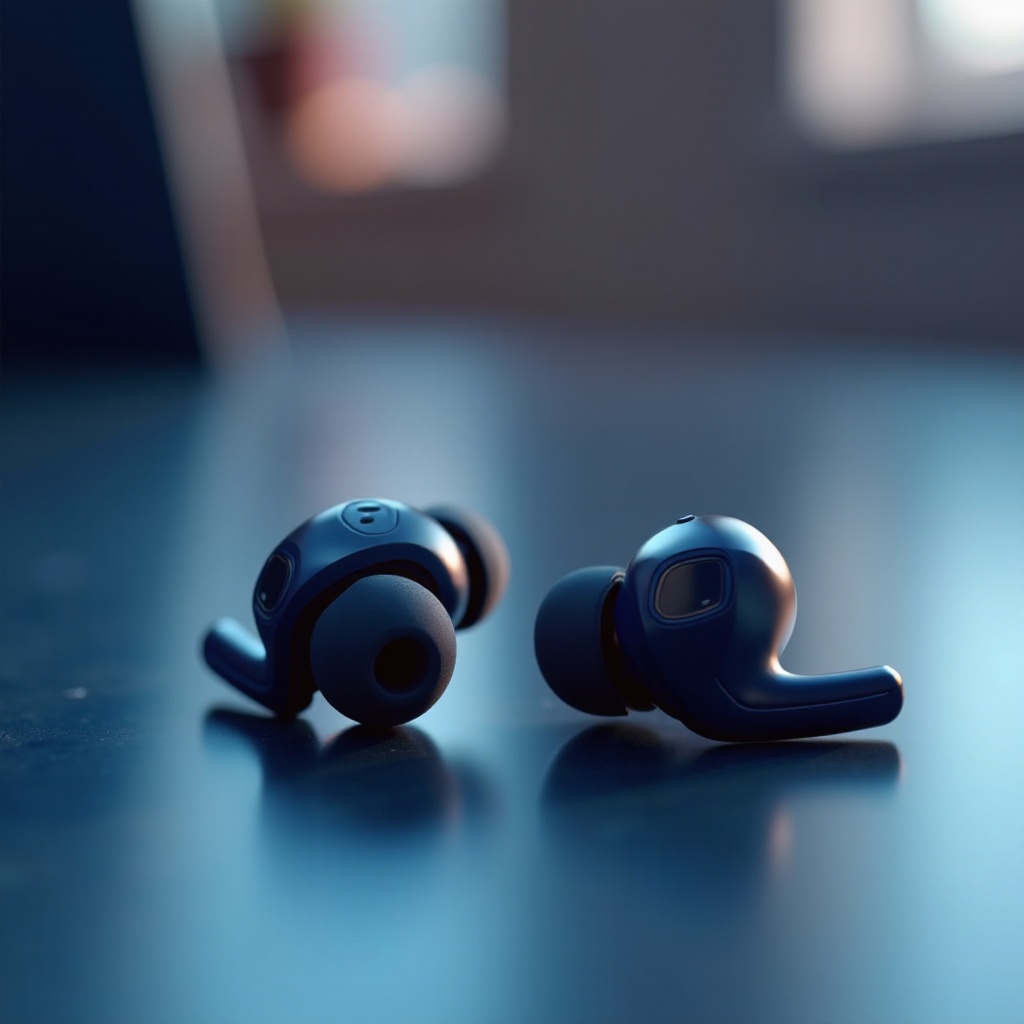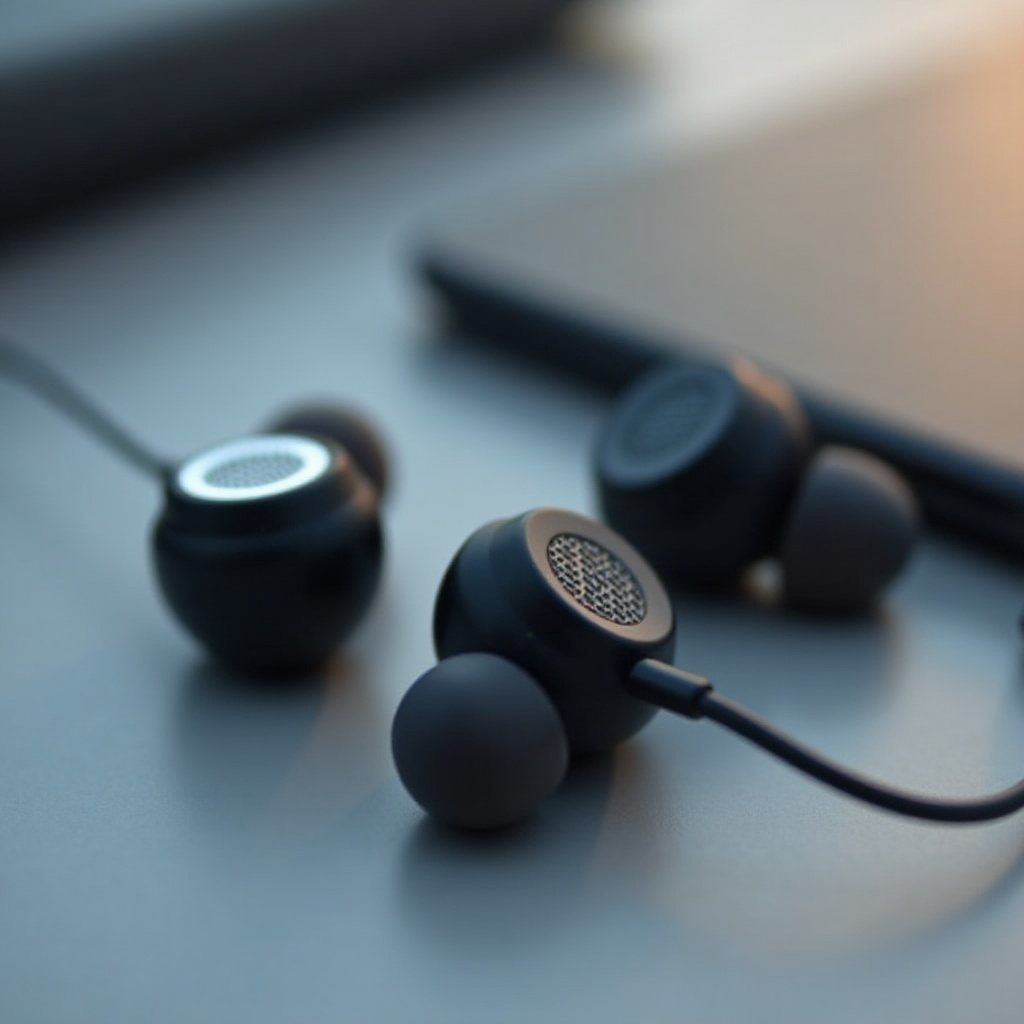Introduction
Earbuds are essential companions in our daily routines, offering a personal and immersive audio experience. Whether you’re commuting, exercising, or simply unwinding, earbuds enhance your audio encounters with clarity and convenience. But how do these small devices deliver such impressive sound? This comprehensive guide explores the intricate mechanisms of earbuds, covering everything from their core components to advanced features, helping you make better-informed purchasing decisions.

The Anatomy of Earbuds
Understanding earbuds requires a closer look at their key components. Earbuds consist of several critical parts: drivers, wires or wireless transmitters, housings, and cables (for wired versions). The driver is the pivotal element, transforming electrical signals into sound waves. It’s comprised of a diaphragm, a voice coil, and a magnet.
Material choice also plays a significant role in audio quality. High-grade materials, such as metals and specialized plastics, enhance performance and durability. With this foundational knowledge, we can delve deeper into how these components come together to produce sound.
How Earbuds Produce Sound
The process of sound production in earbuds is a technological marvel that begins with the transfer of audio signals from your device to the driver. These signals prompt the voice coil within the driver to create a magnetic field, interacting with the diaphragm to produce vibrations.
- Signal Reception: Audio signals, whether via wires or wirelessly, trigger the voice coil to generate a magnetic field.
- Diaphragm Vibration: The diaphragm responds to these interactions with movements that create sound waves.
- Sound Wave Generation: These waves travel through your ear canal, where they are interpreted by your brain as music or speech.
This process is facilitated by various driver types. Dynamic drivers, for instance, excel in delivering bass-rich sound, while balanced armature drivers are known for their precision across frequencies. This intricate dance of components leads us to explore how connectivity enhances earbud utility.
Connectivity and Signal Transmission
Earbuds connect to devices through either wired or wireless methods. Wired earbuds typically deliver consistent sound quality through a stable cable connection, ensuring minimal interference.
Wireless earbuds utilize Bluetooth technology, which compresses audio signals for transmission over short distances. Modern codecs such as aptX and AAC improve transmission efficiency, offering high-quality sound with minimal latency.
Wireless innovations provide users with flexibility and fewer tangles. With this improved freedom, advanced features have become a focal point, further enhancing the listening experience.
Advanced Features Enhancing Earbud Performance
Beyond basic playback, modern earbuds are equipped with innovative features that elevate user experience. Noise cancellation stands out as a key advancement, with active noise cancellation (ANC) using external mics to detect ambient noise, canceling it with out-of-phase sound waves.
In contrast, passive noise cancellation relies solely on the earbud’s design to block sound naturally. While effectiveness varies, ANC offers efficient noise reduction across diverse environments.
Additionally, many earbuds now integrate smart features like voice assistants and touch controls, allowing seamless interaction with other devices. Such innovations redefine consumer expectations and feed into the critical considerations when selecting earbuds.

Choosing the Right Earbuds for Your Needs
Finding the right earbuds can significantly impact your satisfaction. Consider the following:
- Sound Quality: Choose earbuds with a sound profile that aligns with your preferences, whether you prefer deeper bass or balanced frequencies.
- Comfort and Fit: Ensure your earbuds fit well for optimal comfort, especially during extended use.
- Wired vs. Wireless: Decide based on convenience preferences and desired sound consistency.
- Additional Features: Evaluate benefits like noise cancellation, water resistance, and battery life for wireless models.
By focusing on your lifestyle and how you intend to use your earbuds, you can make a more informed decision. This holistic overview leads us to consider the future of earbud technology and what users can expect.
Conclusion
Earbuds are advanced devices that transform electronic signals into immersive auditory experiences. By examining their components, sound mechanisms, connectivity options, and innovative features, you can gain better insight into selecting earbuds that fit your needs. With ongoing technological advancements, staying informed can ensure you experience the best audio quality available at any moment.
Frequently Asked Questions
How do earbuds work without wires?
Wireless earbuds use Bluetooth technology to receive audio signals from devices, converting them into sound via internal drivers.
What is the difference between active and passive noise cancellation in earbuds?
Active noise cancellation uses microphones to cancel external noise, while passive noise cancellation relies on earbud design to block noise.
How can I ensure the best sound quality from my earbuds?
Ensure a proper fit for sound isolation and choose earbuds with quality drivers that suit your preferred sound profile.
